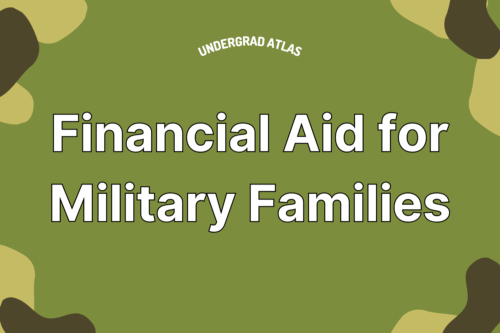Education savings accounts (ESAs) are state government-funded savings accounts that help parents finance their child’s education. The money in an education savings account can fund a variety of educational activities at all levels of schooling. Education savings accounts are available in five American states. People who can’t get one of these accounts may take out a Coverdell Education Savings Account instead.
How Does an Education Savings Account Work?
Participating state governments reserve a certain percentage of the money collected from income and sales taxes for their education savings accounts. This amount is then distributed among all education savings account holders.
Account-holders receive a debit card that lets them pay for approved education purchases using their allocated funds as simply as they’d make any other debit or credit card purchase.
Education savings accounts are usually allocated to parents of K-12 students in the greatest financial need.
What Can an Education Savings Account Pay For?
Education savings accounts can finance a variety of educational pursuits. They can cover the cost of tuition and fees for private schools, community colleges, and online learning programs. They can cover private tutoring, approved customized learning services, and materials to help supplement education in the classroom.
They can also fund higher education. Some education savings accounts will also cover the cost of public school courses.
Any unused funds are automatically rolled over each year. Some parents take advantage of this feature and reserve their education savings account for their children’s college expenses.
Approved educational expenses vary from state to state, so check your state’s requirements carefully so you know what’s covered.
Which States Offer Education Savings Accounts?
At this time, education savings accounts are available in five American states where they’re known by a variety of names:
- Arizona has Empowerment Scholarship Accounts
- Florida has the Family Empowerment Scholarship Program
- Mississippi has the Equal Opportunity for Students with Special Needs Program
- North Carolina has Personal Education Savings Accounts
- Tennessee has the Individualized Education Account Program
Nevada had education savings accounts, but these were discontinued in 2017.
Coverdell Education Savings Accounts Provide Alternative for Education Savings
People who cannot get education savings accounts or reserve these funds for college may find Coverdell Education Savings Accounts a good alternative.
Unlike a standard Education Savings Account, a Coverdell Education Savings Account is funded entirely by individual contributors, not taxpayers. These accounts can fund K-12 private school tuition, just like regular education savings accounts, and college expenses. This gives them an advantage over 529 accounts, which can only be used for college.
Parents, grandparents, and any other individuals interested in a child’s education can open Coverdell Education Savings Accounts. Account-holders can contribute up to $2,000 annually into these funds, usually, until the beneficiary turns 18.
The funds in Coverdell Education Savings Accounts can be withdrawn tax-free at any time for eligible education expenses. However, it is generally recommended to withdraw all funds by the beneficiary’s 30th birthday.
Conclusion
Education is a significant investment in your child’s future, and education savings accounts provide an excellent opportunity to finance their educational journey. These accounts, available in select states, offer parents and guardians the means to cover various educational expenses.
Alternatively, consider Coverdell Education Savings Accounts, which provide an alternative option for funding both K-12 and college expenses. Whatever path you choose, take advantage of these valuable resources to ensure your child receives the education they deserve.



